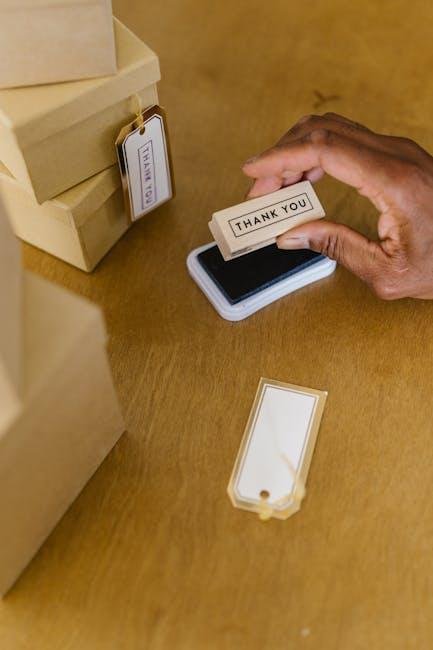In a world where the stories of our most cherished possessions often go unnoticed, hallmarks and stamps serve as the unsung narrators of craftsmanship and authenticity. These tiny symbols, etched into metals and other materials, carry with them a wealth of facts—from the origins of a piece to the skill of its maker. Just as an artist’s signature imbues value and identity to a painting, these marks are the fingerprints of artisans, a concise language of purity, provenance, and prestige. But what do they truly signify? As we embark on this journey through the intricate world of hallmarks and stamps, we will unravel their meanings, explore their ancient contexts, and discover how they not only enhance the appeal of a piece but also protect the integrity of craftsmanship. Join us as we delve into this interesting realm, where each mark tells a story waiting to be uncovered.
The Significance of Hallmarks and Stamps in Precious Metals
Hallmarks and stamps serve as the silent guardians of quality and authenticity in the realm of precious metals. These small but mighty symbols are crucial for consumers and collectors alike, ensuring that the items they purchase meet specific standards. The presence of a hallmark not only verifies the metal’s purity but also provides a traceable history that can enhance the value of a piece. The significance of these markings goes beyond mere identification; they represent a commitment to excellence that transcends generations.
The meticulous nature of these markings highlights various essential aspects of metalwork. As an example, the specific purity level of the metal, such as 925 for sterling silver or 750 for 18-karat gold, is often indicated alongside the manufacturer’s mark and the country of origin. This can provide insight into the craftsmanship and authenticity of the piece.The table below summarizes common hallmarks and their meanings:
| Hallmark | Description |
|---|---|
| 925 | Sterling Silver (92.5% pure silver) |
| 750 | 18K Gold (75% pure gold) |
| 583 | 14K Gold (58.3% pure gold) |
| 999 | Fine Silver (99.9% pure silver) |

Decoding Hallmarks: What the Symbols Really Mean
When examining jewelry or silverware, you’ll often encounter a variety of engravings and symbols that may seem cryptic at first glance. These markings, known as hallmarks, serve as a code that conveys vital information about the piece. They can indicate the maker’s mark, which identifies the artisan or manufacturer, along with the purity of the metal, telling you whether your item is made of sterling silver, gold, or platinum. Additionally, you may see a date letter that allows you to determine when the item was created, and a country of origin mark that highlights where the piece was crafted. This intricate system of symbols is not just for decoration; it offers insights into the craftsmanship and value of your cherished items.
Here are some common symbols you might encounter, along with their meanings:
| Symbol | Meaning |
|---|---|
| Lion passant | Indicates sterling silver in England |
| Cross | Gold standard mark (usually for 9k, 14k, or 18k) |
| Anchor | Represents Birmingham as the place of origin |
| Letter E | Indicates a piece made in the year corresponding to the letter E (varies by country) |
Along with these symbols, there may be other marks representing specific local guilds or regulations, and also additional details about the craftsmanship involved. By learning to decode these hallmarks, you gain a deeper appreciation for your jewelry and the artistry behind it, enhancing both your ownership experiance and any potential future sales. Understanding the language of hallmarks transforms every piece from mere decoration into a narrative of history and provenance.

Navigating the World of Stamped Jewelry: Tips for Buyers
When delving into the realm of stamped jewelry, understanding the significance of hallmarks and stamps is essential for making informed purchases. These markings serve as an identifier, providing insights into the piece’s metal composition, origin, and even the craftsmanship involved. Here are some key points to consider when examining these stamps:
- Metal Purity: Look for stamps indicating the quality of the metal, such as “925” for sterling silver or “750” for 18k gold.
- Maker’s Mark: Frequently enough, jewelry will include a unique symbol or initials that identify the designer or manufacturer.
- country of Origin: Different countries have their own stamping requirements, which can help determine authenticity.
- Age Indicators: Specific codes can hint at the era when the item was made, enriching its historical value.
To make your research easier, familiarize yourself with common marking systems. The table below provides an overview of some widely recognized stamps and their meanings:
| Stamp | Meaning |
|---|---|
| 925 | Sterling Silver (92.5% pure) |
| 750 | 18k Gold (75% pure) |
| 585 | 14k Gold (58.5% pure) |
| PT950 | Platinum (95% pure) |

Preserving Value: How to Care for Hallmarked and stamped Items
To ensure the longevity and beauty of your hallmarked and stamped items, regular maintenance plays a crucial role. Start by understanding that exposure to moisture and harsh chemicals can lead to tarnishing or deterioration. Therefore, it’s important to wrap these items in a soft cloth when storing. Additionally, consider the habitat where these items are kept; a cool, dry place is ideal. Regular cleaning can also be beneficial. use a gentle cleaning solution specifically designed for the material of your item, and always opt for soft cloths to avoid scratches.
Here are some essential tips to preserve the value of your treasured pieces:
- Limit Exposure: Keep away from direct sunlight and humidity.
- Handle with Care: Wear gloves when handling to prevent fingerprints.
- Dust Regularly: Use a microfiber cloth to remove dust particles gently.
- Inspect Frequently: Look for signs of wear or lose components.
| Material | Care Method |
|---|---|
| Silver | Polish with silver cleaner, store in an anti-tarnish pouch. |
| Gold | Use a mild soap solution, rinse thoroughly, and dry with a soft cloth. |
| Bronze | Apply beeswax for protection and avoid moisture. |
To Conclude
In the intricate world of precious metals and fine craftsmanship, hallmarks and stamps serve as the silent storytellers of our most cherished possessions. They are the unsung heroes that validate authenticity, reflecting a rich heritage of artisanship and quality assurance. As we conclude our exploration of these tiny yet mighty marks, we invite you to ponder the narratives woven into each piece you encounter—whether it’s a vintage necklace or a contemporary ring. These symbols are not merely a form of identification; they are a bridge connecting us to the past and a promise of the quality that endures through time.So, the next time you admire a beautiful piece of jewelry or silverware, take a moment to appreciate the hallmark or stamp that graces it, for within it lies a world of meaning waiting to be discovered. Let these marks inspire you to forge your own stories and seek authenticity in every facet of life.

